Post by magnum on Jan 24, 2020 2:12:09 GMT
The U.S. Army Keeps Trying—and Failing—To Replace the M2 Bradley
The third time was not a charm.
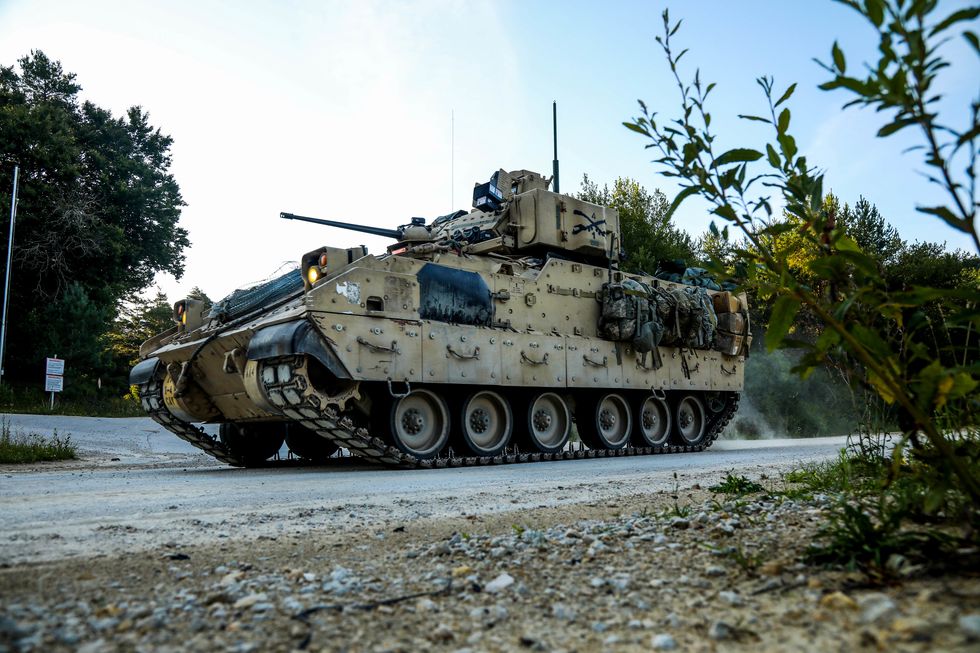
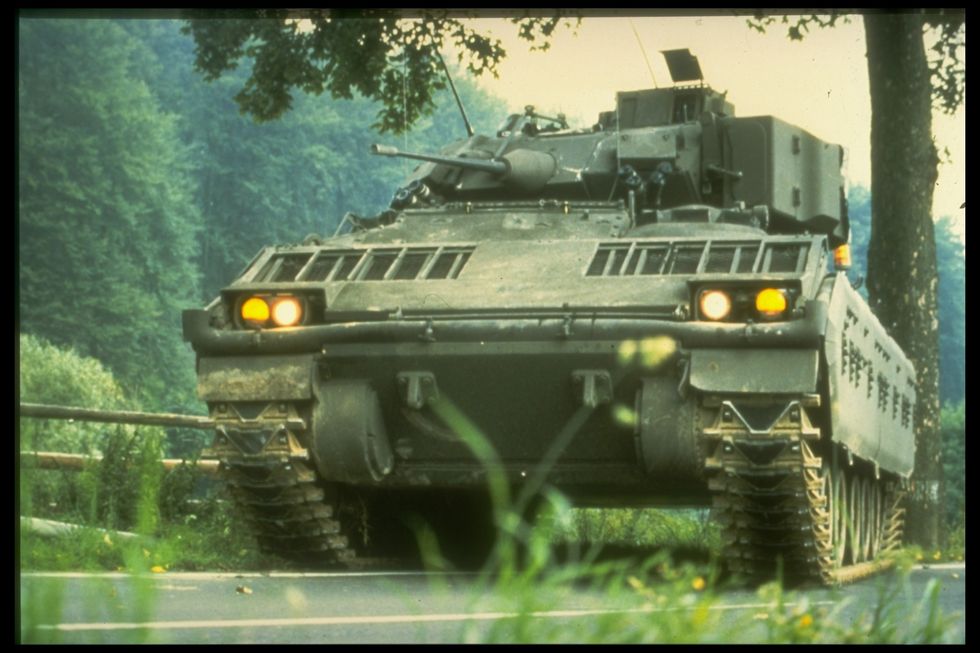
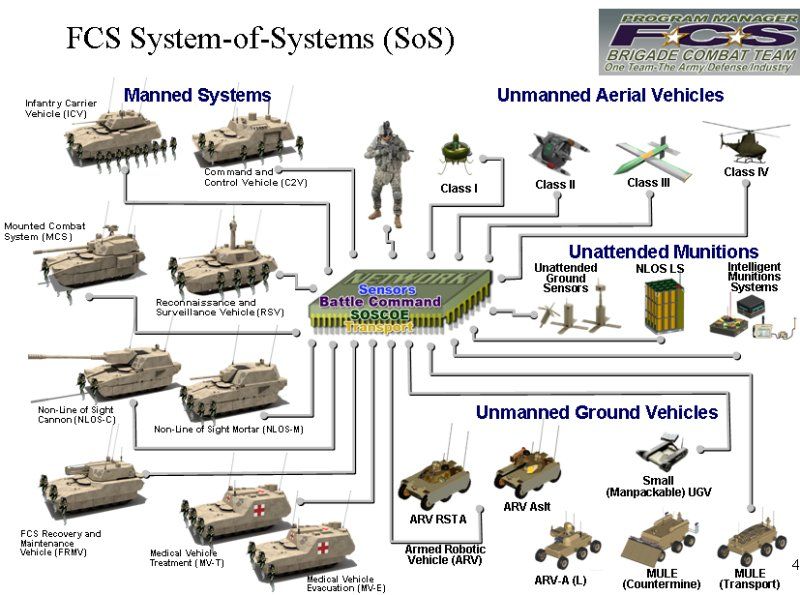
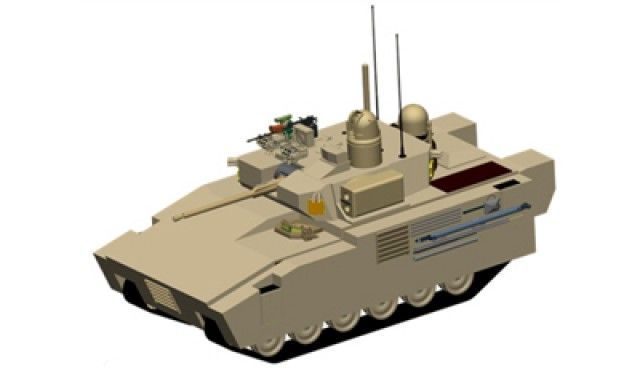
U.S. Army artist’s impression of the Ground Combat Vehicle (GCV).
U.S. Army
All was not lost, however. A second program, the Ground Combat Vehicle, began in 2010 only to be canceled in 2014 after spending just $1.5 billion. In 2018, the Army started a third effort, the Next Generation Combat Vehicle, changing the name to Optionally Manned Fighting Vehicle to reflect the need for the vehicle to be capable of operating unmanned.
The Army expected several competitors but instead got a duel between General Dynamics Land Systems’ Griffin III vehicle and Raytheon/Rheinmetall’s Lynx. The latter was disqualified after it was unable to ship the only Lynx prototype to the U.S. from Germany in time to participate. With only one competitor, the Army had no choice but to kill OMFV.
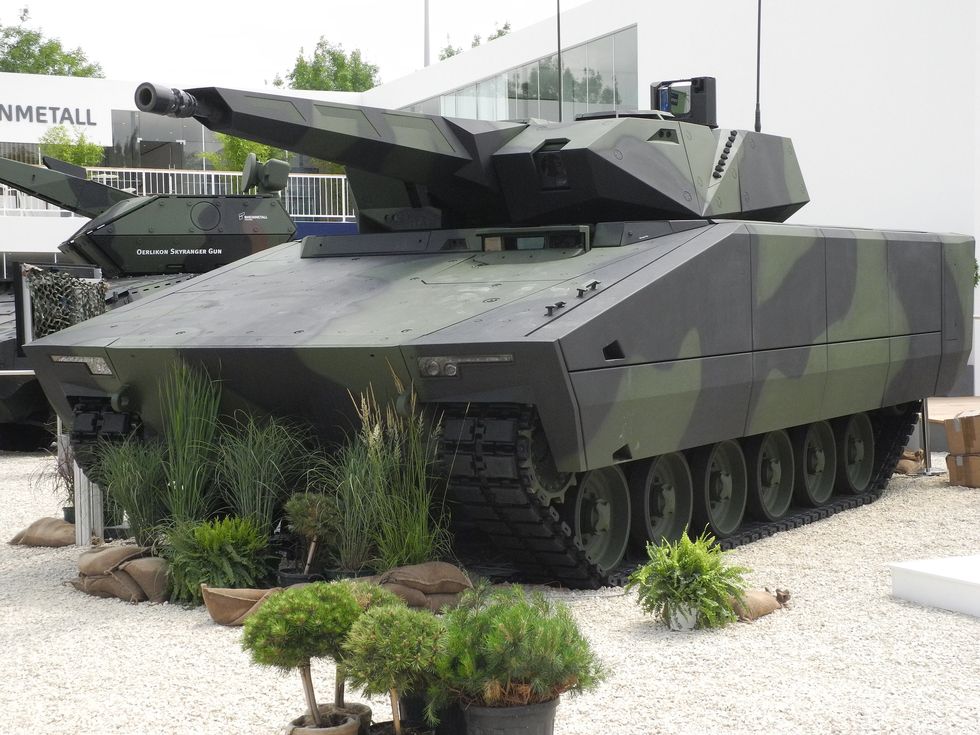
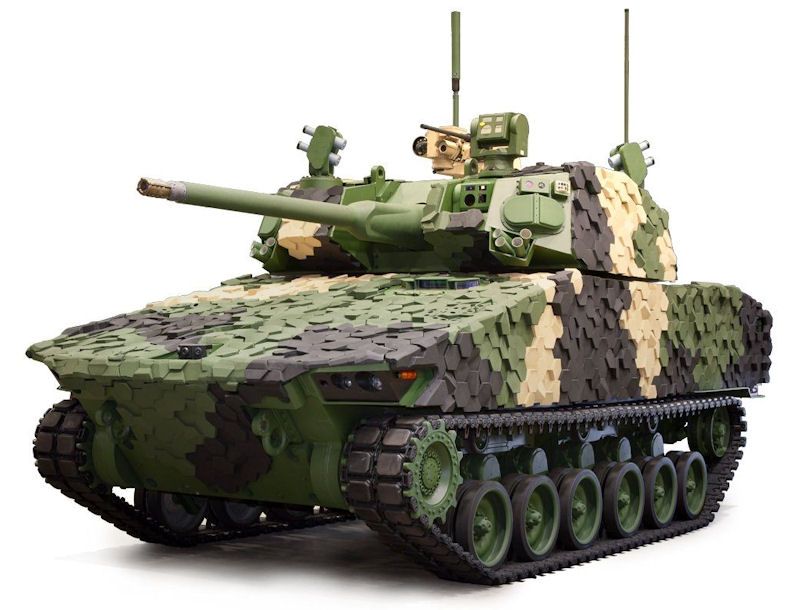

The third time was not a charm.

By Kyle Mizokami
The U.S. Army's effort to replace the aging M2 Bradley has failed again for the third time.
The Army has spent $20 billion to develop a replacement, without a single vehicle to show for it.
The latest competition fell apart after a disqualification left only one entrant still in the race.
The U.S. Army’s effort to replace its Cold War-era Bradley infantry fighting vehicles has collapsed, again, leaving the service with no choice but to keep the older vehicles in service. The Army canceled the Optionally Manned Fighting Vehicle program after the number of defense contractors participating in the competition fell to just one. The OMFV program was the third try in 20 years to find a suitable replacement for the M2 Bradley, a tracked vehicle that carries up to seven soldiers into battle.
The Army has spent $20 billion to develop a replacement, without a single vehicle to show for it.
The latest competition fell apart after a disqualification left only one entrant still in the race.
The U.S. Army’s effort to replace its Cold War-era Bradley infantry fighting vehicles has collapsed, again, leaving the service with no choice but to keep the older vehicles in service. The Army canceled the Optionally Manned Fighting Vehicle program after the number of defense contractors participating in the competition fell to just one. The OMFV program was the third try in 20 years to find a suitable replacement for the M2 Bradley, a tracked vehicle that carries up to seven soldiers into battle.
The cancellation of OMFV leaves the Army forced to make do with the Bradley for another 5-10 years, the amount of time it will take to field a replacement in viable numbers. This means the Bradley design will serve for approximately 50 years or more (though most current vehicles are new models).

An early version of the M2 Bradley, circa 1984.
Time Life PicturesGetty Images
The original M2 Bradley, introduced in the mid-1980s, was a new kind of fighting vehicle pioneered by the Soviet Union. Previous armored personnel carriers, including such types as the World War II half track to the Vietnam War-era M113, carried ground troops to the edge of the battle zone and then dismounted them, forcing them to fight on foot. The Soviet BMP-1 was designed to carry troops into battle and beyond, shooting it out with a 30-millimeter autocannon and anti-tank missiles while protecting the infantrymen nestled inside. This protected the soldiers from enemy fire, particularly nuclear and chemical weapons, while preserving the momentum of a successful attack.
Time Life PicturesGetty Images
The original M2 Bradley, introduced in the mid-1980s, was a new kind of fighting vehicle pioneered by the Soviet Union. Previous armored personnel carriers, including such types as the World War II half track to the Vietnam War-era M113, carried ground troops to the edge of the battle zone and then dismounted them, forcing them to fight on foot. The Soviet BMP-1 was designed to carry troops into battle and beyond, shooting it out with a 30-millimeter autocannon and anti-tank missiles while protecting the infantrymen nestled inside. This protected the soldiers from enemy fire, particularly nuclear and chemical weapons, while preserving the momentum of a successful attack.
The M2 Bradley was designed to fight alongside the M1 Abrams tank on the modern mechanized battlefield. Fast and well protected, it too mounted an autocannon and long-range anti-tank missiles while carrying seven infantrymen. Despite a long and rough development, the Bradley was a successful design that has fought in most of America’s recent foreign wars.

By the late 1990s the Army decided to overhaul the ground combat force with a new family of systems called Future Combat Systems (FCS). FCS called for no fewer than 18 new vehicles, including a new tank, infantry fighting vehicle, self-propelled howitzer, support vehicles, and at least half a dozen unmanned ground vehicles—all united by a complex computer network. Ambitious, ill-defined and at times completely unrealistic, FCS failed. The Army spent $18 billion on FCS before the Secretary of Defense canceled it in 2009, all without producing a single operational vehicle.

U.S. Army artist’s impression of the Ground Combat Vehicle (GCV).
U.S. Army
All was not lost, however. A second program, the Ground Combat Vehicle, began in 2010 only to be canceled in 2014 after spending just $1.5 billion. In 2018, the Army started a third effort, the Next Generation Combat Vehicle, changing the name to Optionally Manned Fighting Vehicle to reflect the need for the vehicle to be capable of operating unmanned.
The Army expected several competitors but instead got a duel between General Dynamics Land Systems’ Griffin III vehicle and Raytheon/Rheinmetall’s Lynx. The latter was disqualified after it was unable to ship the only Lynx prototype to the U.S. from Germany in time to participate. With only one competitor, the Army had no choice but to kill OMFV.

The Raytheon-Rheinmetall K41 Lynx couldn’t make it to the U.S. to compete in time.
Wikimedia Commons
The Army faces a real dilemma replacing the Bradley. On one hand, there is the desire to pack as much armor onto the vehicle as possible. Today’s armored fighting vehicles face enemy tanks, artillery, infantry, attack helicopters, and fixed wing threats. They face weapons as diverse as anti-tank guns and improvised explosive devices (IEDs). Providing enough armor to make a vehicle impervious to all threats would probably make for an 80-ton vehicle, double the weight of the Bradley.
Wikimedia Commons
The Army faces a real dilemma replacing the Bradley. On one hand, there is the desire to pack as much armor onto the vehicle as possible. Today’s armored fighting vehicles face enemy tanks, artillery, infantry, attack helicopters, and fixed wing threats. They face weapons as diverse as anti-tank guns and improvised explosive devices (IEDs). Providing enough armor to make a vehicle impervious to all threats would probably make for an 80-ton vehicle, double the weight of the Bradley.

The General Dynamics Land Systems Griffin III was the last contender standing for the Optionally Manned Fighting Vehicle.
General Dynamics/Globalsecurity.org
There’s also the matter of technology. The vehicle needs a medium-caliber gun, at least 30-millimeters but maybe as high as 50 millimeters, and it needs anti-tank missiles to defeat tanks. It also needs a fire suppression system, advanced, secure communications, and access to a battlefield computer network. Other candidates for inclusion are drones, an active protection system to shoot down incoming rockets and tank shells, lasers, unmanned control systems, missile and IED jammers, and more.
General Dynamics/Globalsecurity.org
There’s also the matter of technology. The vehicle needs a medium-caliber gun, at least 30-millimeters but maybe as high as 50 millimeters, and it needs anti-tank missiles to defeat tanks. It also needs a fire suppression system, advanced, secure communications, and access to a battlefield computer network. Other candidates for inclusion are drones, an active protection system to shoot down incoming rockets and tank shells, lasers, unmanned control systems, missile and IED jammers, and more.
The modern U.S. Army must also expect to fight on a wide variety of battlefields against a variety of adversaries—but at some point you have to pick and choose. A heavy vehicle that includes everything, particularly heavy armor, will be hard to ship to a faraway battlefield. It will also be extremely expensive. A lighter, more austere vehicle could be easier to deploy overseas but easily destroyed by enemy fire. There must be some sort of acceptable compromise, but after $20 billion spent the U.S. Army hasn’t found it yet.

Israel’s Namer ("Tiger") infantry fighting vehicle is exceptionally hard to kill but weighs a whopping 60 tons.
Wikimedia Commons
Wikimedia Commons











